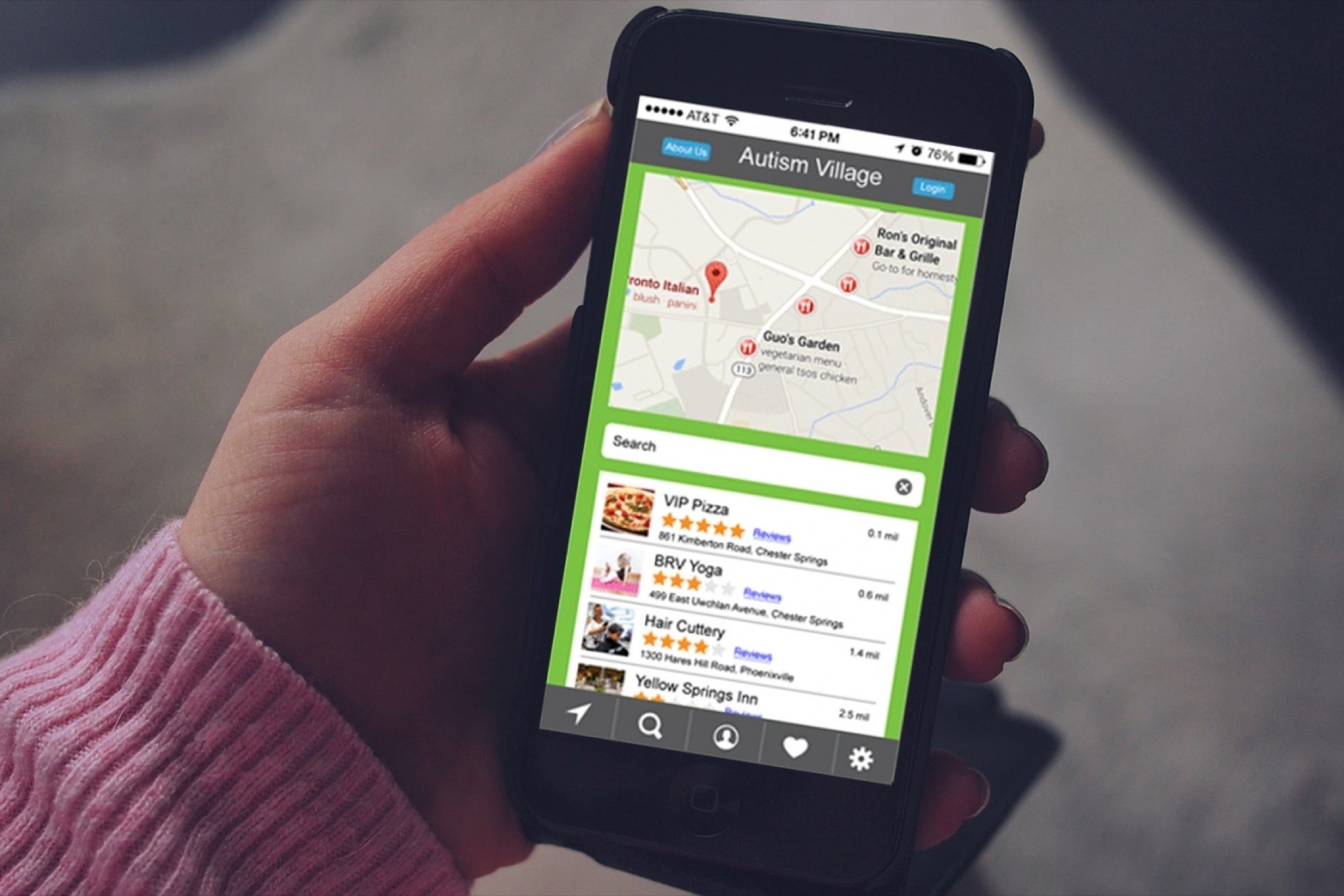It's Nice Somebody Installed Your App But Is Anybody Using It? Marketers need a plan for engaging customers who install apps and forget about them.
By Brett Relander Edited by Dan Bova
Opinions expressed by Entrepreneur contributors are their own.

There is little doubt left that apps are an effective method for marketing. Now that mobile usage has overtaken desktop usage, with more and more consumers on the go, apps provide an excellent avenue for allowing brands to engage and connect with their target audience.
An app provides no benefit if all the consumer does is install it but never actually uses it, yet app marketing is largely driven and measured by the number of downloads and installs obtained. In the early days of app marketing, it was possible for marketers to garner thousands, if not more, installs. The feeling of having your app downloaded thousands of times is quite exhilarating. As time and technology has progressed, there are now hundreds of apps uploaded daily to the plethora of app stores available. Consequently, marketers are dealing with increased competition and the realization that many of the apps out there today generate very little activity once they are initially installed.
Related: Mobile App Marketing 101: How to Spread the Word About Your App
Moving beyond the install.
At one time, measuring the number of clicks received by banners was considered the epitome of marketing success. That has gradually fallen out of favor as new and improved technology makes it possible to more accurately analyze and measure the sales path. The same is also true of measuring the number of installs when it comes to app marketing. Digital marketing measurements must remain dynamic to keep pace with changing technology.
Related: 3 Essentials for Marketing Your Mobile App
Among the best ways to replace measuring installs to analyze the success of an app is to implement an action or event that must be taken by the user upon downloading and installing the app. Such events might include a registration, app start or even evaluating various usage metrics, such as pages viewed or time spent on the app. Marketers might also consider measuring metrics such as app content views, level or achievement, making an in-app purchase, or adding items to a cart in order to evaluate the success of their app. Of course, the precise type of metrics used will vary based on the brand and the type of app involved.
When handled properly, these types of analytics can help marketers to better gauge the performance of an app and even improve app performance. The first step is to determine the type of event that will provide the best measurement of and insight into conversions and revenue.
Putting a value on it.
As is the case when evaluating any metric in marketing, it is important to assign a KPI or key performance indicator to the metric your brand selects to be measured. For example, if you should decide that registration offers the greatest change for generating future revenue, you will then need to assign a value to that particular event. The revenue generated by this action will determine that value.
The installation of an app is a solid first step in engaging customers, but in today's highly competitive world of app marketing, it is simply not enough. To truly succeed, marketers must learn to move beyond installation and gauge how customers are actually using their apps.
Related: 11 Helpful Tools for Every Step of Building a Mobile App









